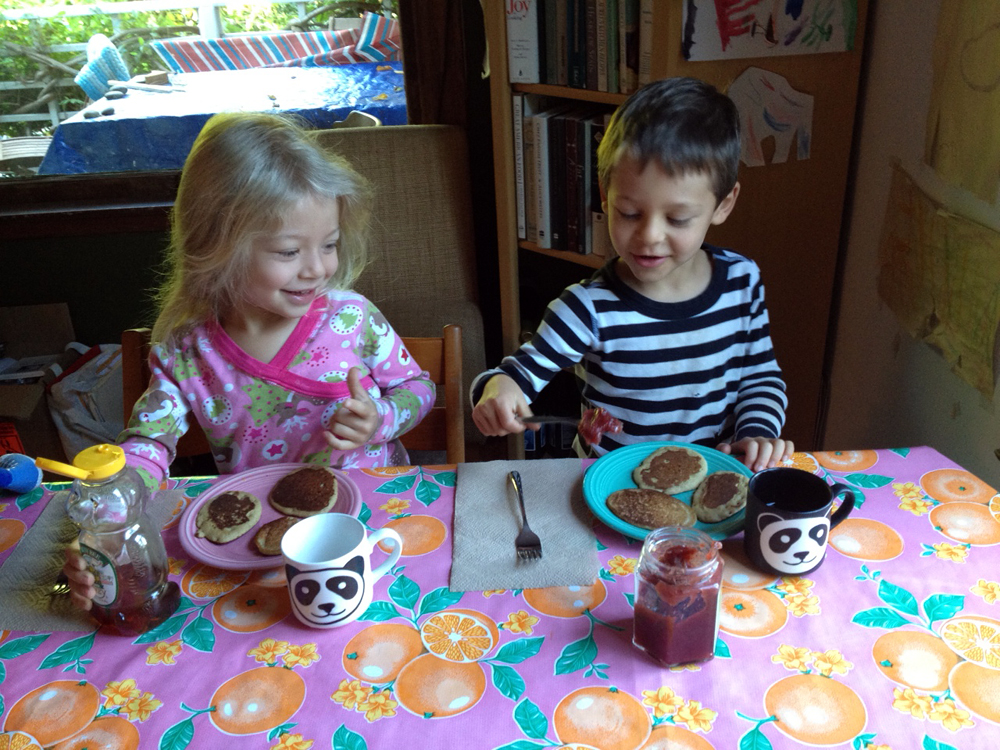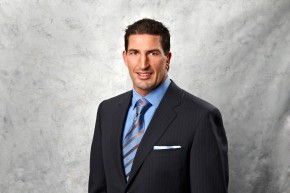What sort of changes do you see in children who go on a gluten-free diet?
Azzolino: I see very similar changes to what I see in adults. Most of the world is looking at the effects of gluten on the gastrointestinal system. But those of us who have been gluten free talk about our minds being clearer, having more energy and things of that nature. With children we see more clarity, better focus, and an overall reduction in negative behaviors.
Do you think it is important for children to eat a gluten-free diet even if they don’t have celiac disease?
Azzolino: I think there is some danger in everyone jumping on the gluten-free bandwagon without adequate testing. But I do think, especially in San Francisco with the lack of vitamin D and all of the immunological challenges and toxicity, that there is too much gluten in children’s diets. When we work with autistic children at Brain Balance its usually not gluten that is causing their autism. These children have neurophysiologic delays that affect the immune system and that in turn weakens the gut barrier. With a faulty gut barrier system they become intolerant to many foods, similar to an adult who becomes chemically sensitive. There are a lot of people with gluten sensitivity who do not have celiac, so I’m a big fan of Cyrex labs.
So you think the Cyrex labs testing helps in diagnosing gluten sensitivity that wouldn’t be picked up on a normal celiac panel?
Azzolino: Yes, I’ve seen hundreds of tests where people’s sensitivities have been missed because they weren’t reacting against the specific alpha gliadin-33 protein that is commonly screened in celiac profiles. Cyrex labs tests 24 different markers and when we run the panel we see that people who tested negative for celiac are negative for that specific marker, but they have positive antibodies for one of the other proteins in gluten. Another important test is the cross-reactive foods panel. This test looks for reactivity to foods with very similar proteins to those found in gluten, so they practice molecular mimicry. A lot of people think that they are practicing a gluten-free lifestyle but they are sensitive to one of these cross-reactive foods.
Is there any practical advice that you would give to parents who are trying to raise their kids without gluten?
Azzolino: Absolutely, it's something I have a lot of experience with. My kids have been gluten-free for the past 5 years. Many parents will feel overwhelmed; that it is impossible. I tell them to start by purging their kitchen and laying all of the foods with gluten out on the counter. Once you look at it you realize that most of it is food that you shouldn’t be eating anyway, at least it shouldn’t be the mainstay of your diet. Food should come from your fridge or your fruit basket. I’m not one who advocates going gluten-free and replacing all of the doughnuts in your house with gluten-free doughnuts. However, if you need to do that as a special treat there are plenty of options. I regularly shop at Costco, Real Foods, Safeway, Trader Joes and Whole Foods. I am able to find gluten-free cereals, pasta, bread; there are lots of healthy alternatives for my kids. Then it becomes very easy for the children because it really comes down to what they are used to.
I’m also a strong advocate of having the whole family tested if you find that one child is gluten intolerant. They all have similar genes and there is a strong chance the other family members are reactive even if they aren’t showing obvious symptoms. Because we know the long-term health implications of untreated gluten intolerance, there is such a benefit to treating it at an early age.
It is clear that the healthiest diet for children and adults is one that is based on whole unprocessed foods. But it is also important to balance optimal nutrition with the need to socialize and have fun.
For those times when a gluten-free child needs his or her favorite comfort food, some resources are listed below:
(Please note: Some of the products listed below are not manufactured in certified gluten-free facilities).
Birthday cakes, cookies and cupcakes
Pizza
Many pizzerias in the Bay Area are now offering gluten-free crust as an option. Be sure to ask at your favorite local pizza place.
Cereal
Pasta
For plain pasta the gluten-free options are plentiful.
Crackers
Children need frequent snacks and crackers are one of the easiest portable foods.
On Tuesday October 22, Dr. Thompson will be giving a free community lecture on controlling inflammation with diet, lifestyle and other natural therapies.
Get Information and Register for the Event.

